Analysis of severe air pollution episodes in India during Diwali festival – a nationwide approach
discussed by
Prof. Dr. Med. Robert Gorter
GURU BRAR (INDIA)
November 5th, 2023
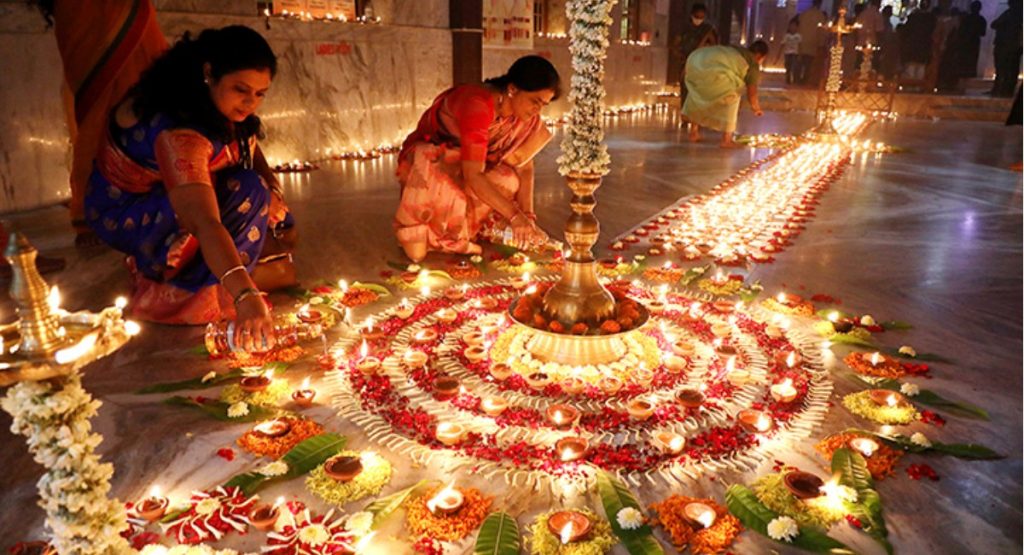
Light against darkness (Evil)
Nandita D. GANGULY (1), Chris G. TZANIS* (2), Kostas PHILIPPOPOULOS (2), and Despina DELIGIORGI (2)
(1) Department of Physics, St. Xavier’s College, Ahmedabad-380009, Gujarat, India; (2) Section of Environmental Physics and Meteorology, Department of Physics, National and Kapodistrian University of Athens, University Campus, 15784 Athens, Greece.
Recent Research in Science and Technology 2014, 6(1): 203-210
ISSN: 2076-5061 and Available Online: http://recent-science.com/
The ambient air and noise quality in India during Diwali festival: A Review
Chirag Verma (1)* and Dhananjay K. Deshmukh (2)
(1) Department of Civil Engineering, National Institute of Technology, Raipur 492010, Chhattisgarh, India.
(2) Institute of Low-Temperature Science, Hokkaido University, Sapporo 060-0819, Japan.
Abstract
This study deals with the effects of fireworks on the air quality in the major cities of India during the festival of light known as “Diwali”. The effects of firecrackers during the festival were assessed from the ambient concentrations of various air pollutants such as sulfur dioxide (SO2), nitrogen dioxide (NO2), and particulate matter (PM) with a diameter of less than 10 μm.
The concentrations of gaseous pollutants such as SO2 and NO2 as well as particulate pollutants such as PM10 and PM2.5 were found about 2-6 times higher during the day of the festival because of the use of huge quantity of firecrackers that emit a large amount of pollutants into the atmosphere. Previous studies indicated that the concentrations of above-air pollutants during the Diwali festival were found several folds higher as compared to the 24-hour standard of National Ambient Air Quality Standards of India (NAAQS) given by the Central Pollution Control Board (CPCB), India. Concentrations of metallic elements analyzed in fireworks aerosol samples in previous studies in India reported a higher contribution during the Diwali festival as compared to the limit value of NAAQS of India. The noise levels in the Indian cities during the night of the Diwali festival were also found to be higher. The deterioration of ambient air quality due to anthropogenic activity such as the use of firecrackers in the megacities of India has significant impacts on human health on a regional scale. This review suggested the development of serious strategies to control the use of firecrackers during the festival of light in the major cities of India to protect human health.
Keywords: Fireworks; RSPM; Air pollution; Noise pollution; Health effects
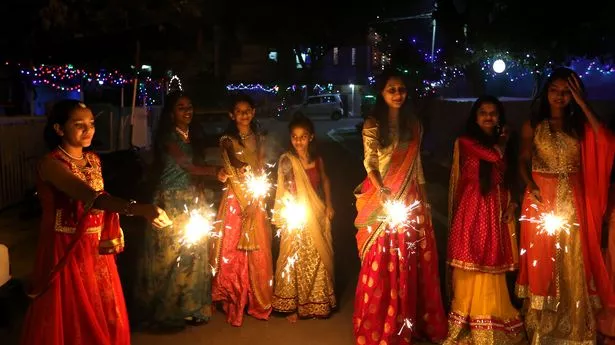
Diwali, the festival of Light against Darkness
Estimates of air pollution in Delhi from the burning of firecrackers during the festival of Diwali
Dhananjay Ghei (1), Renuka Sane (2)*
(1) Department of Economics, University of Minnesota, Minneapolis, Minnesota, United States of America,
(2) National Institute of Public Finance and Policy, Delhi, India
* renuka@saner.org.in
Abstract
Delhi has had the distinction of being one of the most polluted cities in the world, especially in the winter months from October—January. These months coincide with the religious festival of Diwali. It is argued that air quality gets worse in the aftermath of Diwali on account of firecrackers that get burned during the festival. We use hourly data on PM 2.5 particulate concentration from 2013 to 2017 to estimate the Diwali effect on air quality in Delhi. We improve on existing work by using the event study technique as well as a difference-in-difference regression framework to estimate the Diwali effect on air quality. The results suggest that Diwali leads to a small, but statistically significant increase in air pollution. The effect is different across locations within Delhi. To our knowledge, this is the first causal estimate of the contribution of Diwali firecracker burning to air pollution.
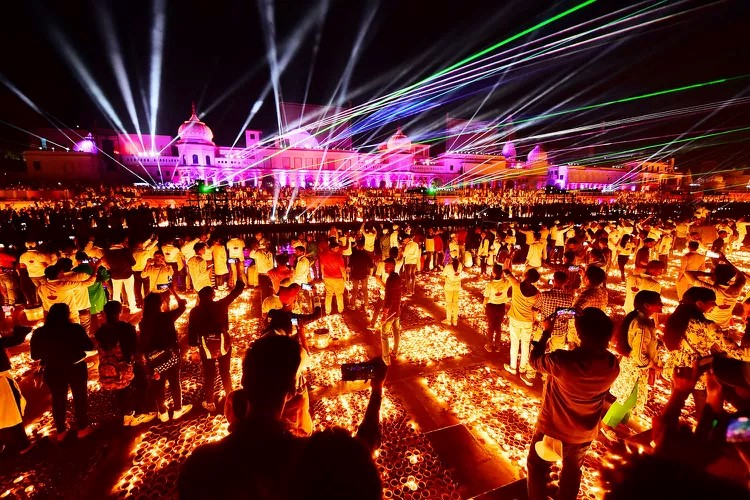
During the Diwali festival, it is celebrated that eventually, Light will always conquer Darkness
New Delhi most polluted capital city in the world for the third time in a row
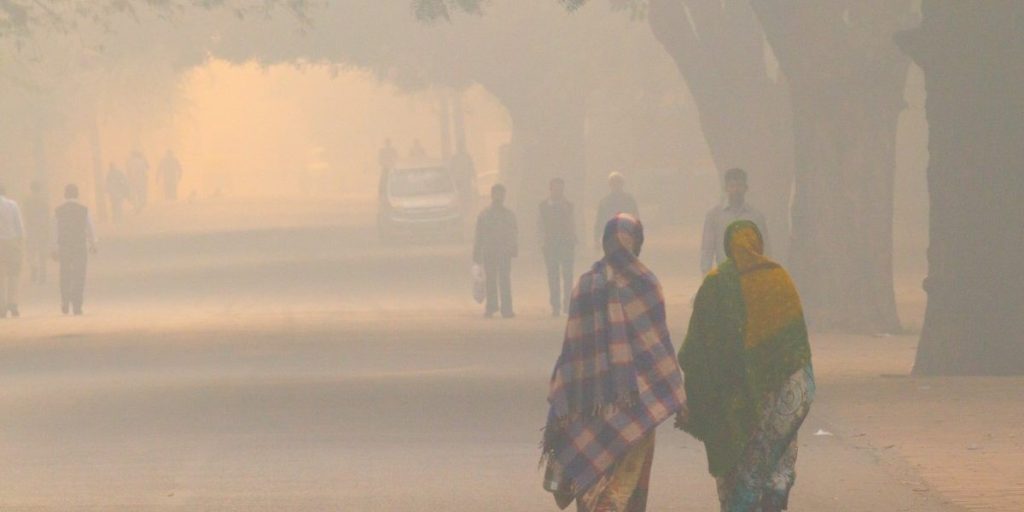
According to the World Air Quality Report 2020 by Swiss organization, IQAir, 22 of the world’s 30 most polluted cities are in India. This includes New Delhi, which has been cited as the most polluted capital city in the world for the third year running.
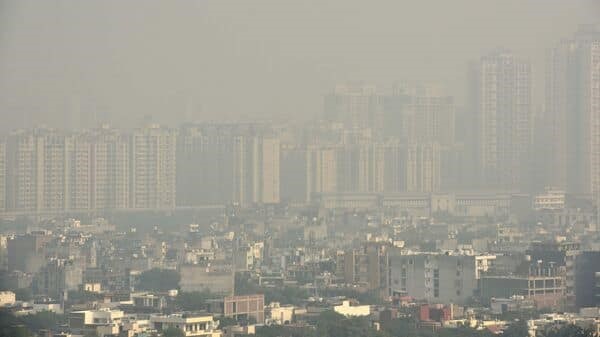
According to the report, while Delhi’s air quality had improved by nearly 15 percent from 2019, it still ranked as the 10th most polluted city in the world, and the most polluted capital city.
IQAir’s World Air Quality Report 2020 gathered air quality data for 106 countries. The findings were based on a country’s annual average of particulate matter PM2.5—airborne particles less than 2.5 microns in diameter. Prolonged exposure to PM2.5 can lead to deadly diseases, including cancer and cardiac problems.
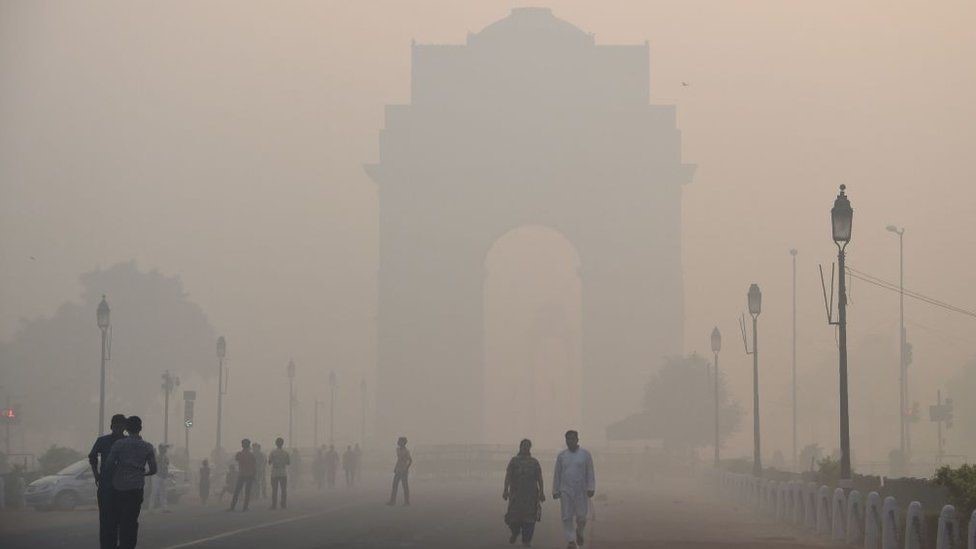
For decades, Delhi has been one of the most polluted cities in the world and with the Jet Stream, these very toxic pollutants spread around the world
Meerut, Agra, and Muzaffarnagar (all in Uttar Pradesh), Faridabad, Jind, Hisar, Fatehabad, Bandhwari, Gurugram, Yamuna Nagar, Rohtak, and Dharuhera (all in Haryana), and Muzaffarpur in Bihar are the other Indian cities among the 30 most polluted cities in the world.
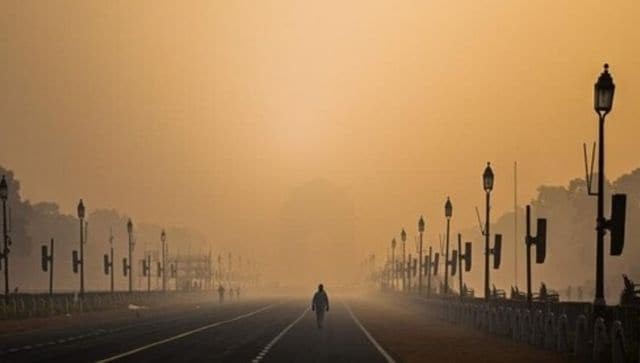
Despite an 11 percent reduction in the annual average of PM2.5 levels due to the COVID-19 lockdown curbs imposed last year, India emerged as the world’s third most polluted country after Bangladesh and Pakistan. “Air pollution in India is still dangerously high,” the report said. And worsening by the year.
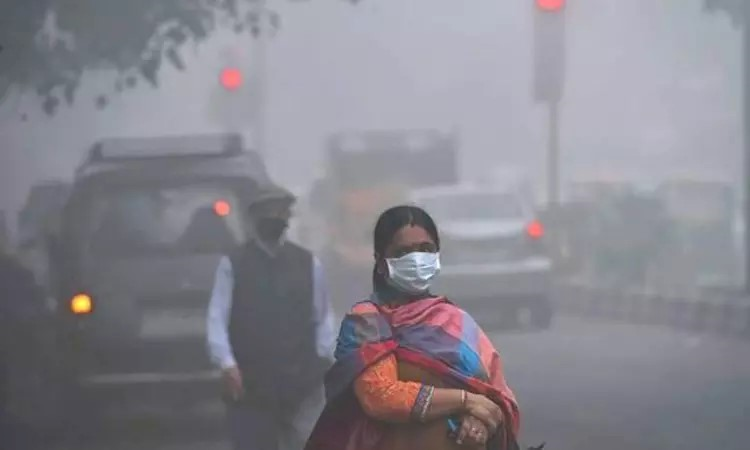
Prof. Gorter: In the Netherlands for instance, farmers are being forced to decimate their numbers of cows as cows fart methane gas and excrete nitrogen through their urine….. but the World Economic Forum in Davos, Switzerland, (WEF) never talks about the tremendous pollution like by the river Nile and Large cities like in India, Pakistan, Bangladesh or in Latin America.